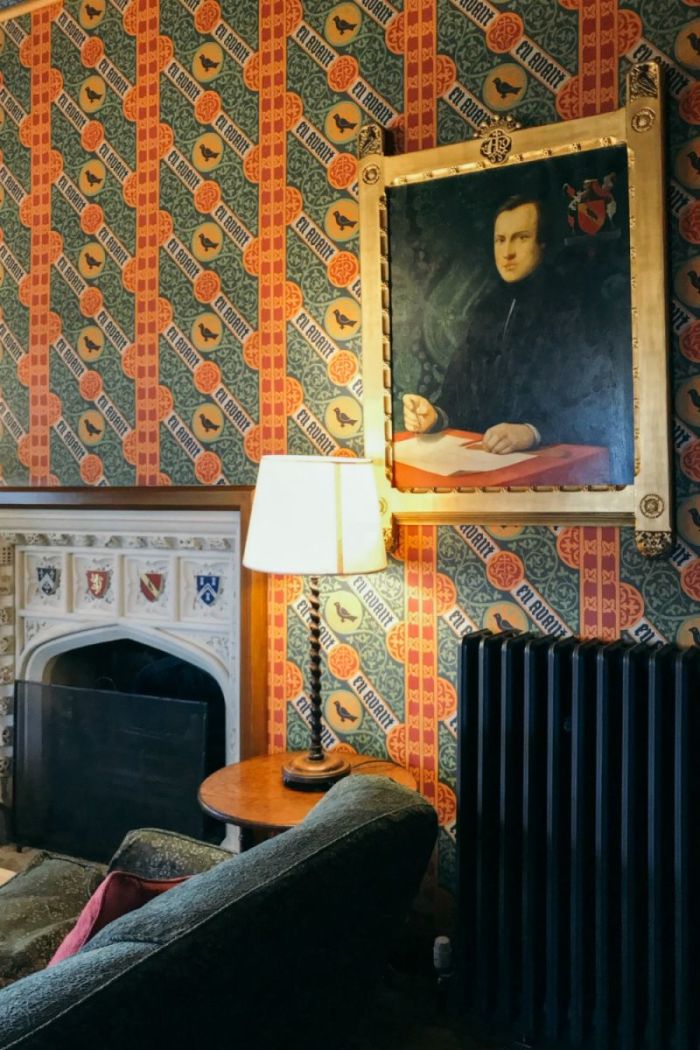Ramsgate: Master of Gothic Revival Architecture Awaits Discovery

His ideas on architecture propelled the revival of medieval Gothic and influenced the designs of churches everywhere.
His name? Augustus W.N. Pugin.
Pugin's career was short — he died in 1852 at the age of 40 — but he arguably defined Gothic Revival. At the same time, his conversion from the Anglicanism of the established Church of England to Roman Catholicism, despite Catholic emancipation in 1829, undoubtedly denied him the legacy and honors he was due.
While Pugin is chiefly associated with church architecture his piece de resistance was the Palace of Westminster, which houses the U.K. Parliament and is one of the world's most famous landmarks.

To discover the master of Gothic Revival I couldn't think of a better place to visit than Ramsgate in the far southeast of England.
Pugin called this quintessential English seaside town home, having built a small manor house, called The Grange, within the precincts of his other pet project, St. Augustine's Church.
Yet even here Pugin plays second fiddle to Ramsgate's famous beaches, though all-inclusive packages, made possible by cheap low-cost airlines, mean many Britons now flock to the beaches of the Iberian Peninsula and other warmer climates. Today, a burgeoning arts scene and the draw of lower home prices, which attract those commuting to London by train, have rejuvenated Ramsgate.
Sadly, there is no Pugin museum. The only windows to Pugin's world are St. Augustine's, which is once again open after a much-needed £1.2 million (about $1.5 million) restoration, and The Grange.
Designated by the Roman Catholic hierarchy as the Shrine of St. Augustine and the National Pugin Centre — St. Augustine is said to have landed nearby in the year 597 — the surprisingly small church is one of Pugin's finest creations. And as expected, it fully embodies medieval Gothic, which Pugin believed was the only true Christian architecture as other styles were derived from the pagan classical architecture of ancient Greece and Rome.
St. Augustine's contains a few exhibits on Pugin's work as well as a small gift shop selling reprinted Pugin books. Of course, the real draw is inside the church itself, which includes Pugin's effigy in a medieval-style chantry chapel.
Next door, The Grange is under the control of the Landmark Trust, a fabulous British organization that conserves and operates historic buildings as vacation rentals. The house has been carefully restored to how it would have looked in Pugin's life, when it radically contrasted with what had been the prevailing domestic Georgian architecture.
If you go
St. Augustine's is open daily to visitors between 10 a.m. and 4 p.m. Additionally, Roman Catholic masses are held throughout the week.
Meanwhile, guided tours of The Grange are generally limited to Wednesday afternoons as it is primarily a vacation rental. Talk about a wonderful place to stay, if you don't fancy a hotel. To confirm available tours, contact the Landmark Trust.
I recommend The Royal Harbour Hotel, which is where I stayed.
The 28-room hotel is aptly named as it is situated on Nelson Crescent, a Georgian-era terrace, with glorious views of Ramsgate's picture-perfect Royal Harbour.
The hotel describes itself as "delightfully quirky," which is an understatement. The vintage décor is flamboyant and feels right out of the late 1950s or early 1960s. Most importantly, it feels authentic and not contrived.
Yes, some of the rooms are small and the lack of an elevator will undoubtedly cause some potential guests to stay elsewhere, but the bedding — without a doubt, the most important part of a hotel — is super comfortable. The location is also ideal for exploring Ramsgate by foot. And at night, either before or after dinner, you can relax in one of the drawing rooms with a drink from the honesty bar while you listen to music play from a vinyl record. (I chose a Fred Astaire record from the hotel's massive collection.)
Speaking of dinner, I ate at Empire Room, the hotel restaurant. As with the hotel upstairs, the restaurant doesn't disappoint.
Empire Room has the vibe of a private dining room in one of London's exclusive Old Boy clubs, right down to the red walls and the large royal coat of arms.
The menu is seasonal with fish, meat and produce sourced locally. The commitment to local food also carries over to the wine list, which features a couple of good English wines. By London or New York standards, the prices are reasonable and the food excellent. The reviewers of the Michelin Guide would be wise to consider awarding it a star.
The Royal Harbour Hotel has rooms with views of the sea and include half-board (breakfast and dinner) from £93 or about $123.
Ramsgate is about two hours by car from London's Heathrow Airport, which is serviced with direct flights by all major U.S. airlines.
Spires and Crosses, a travel column exclusive to The Christian Post, is published every week. Follow @dennislennox on Twitter and Instagram.




























